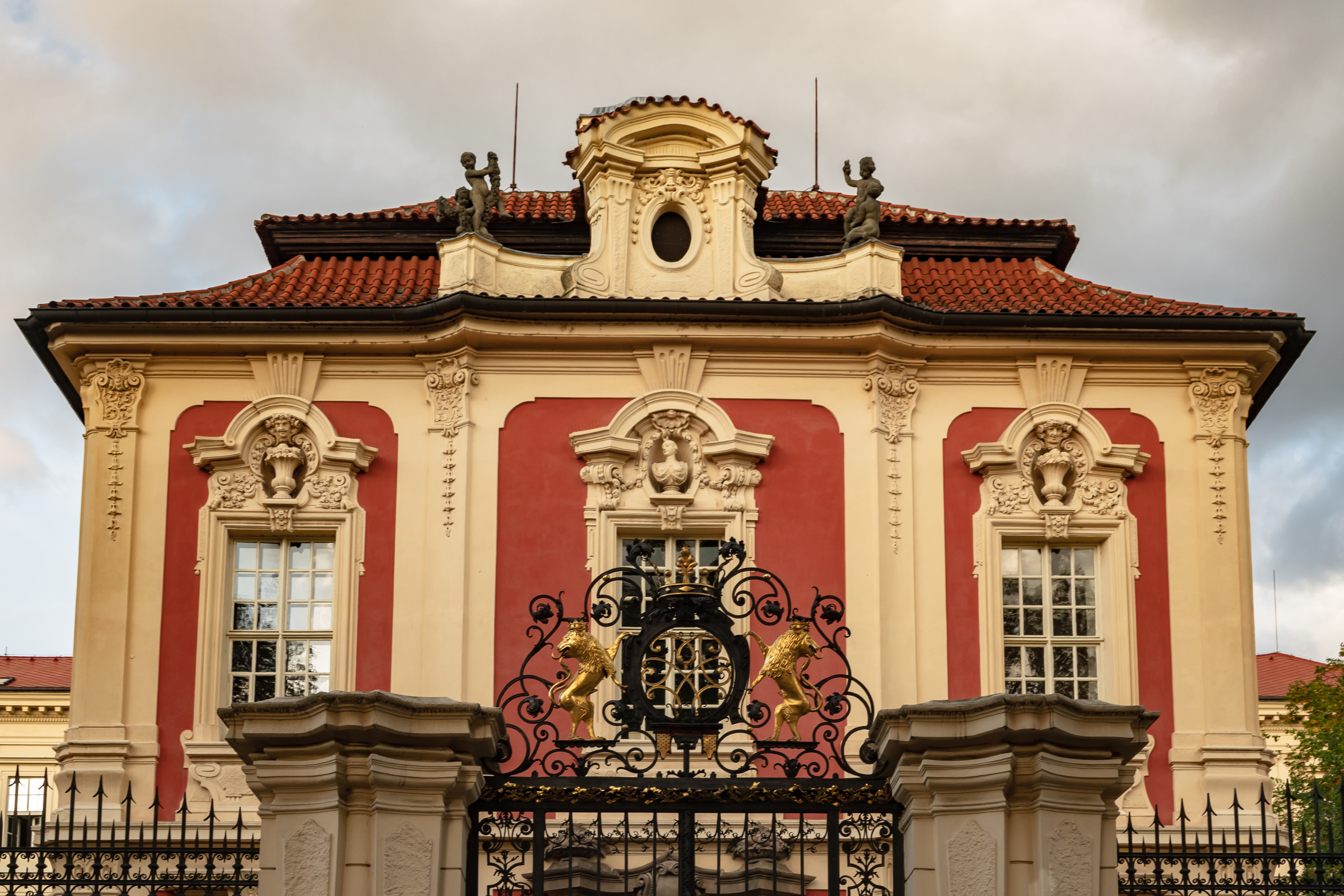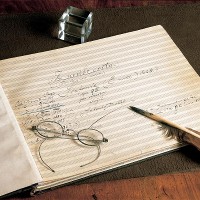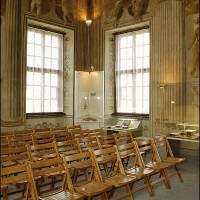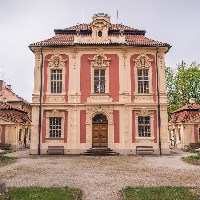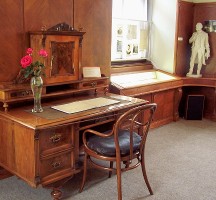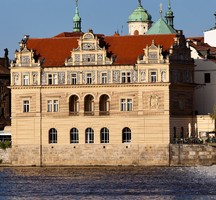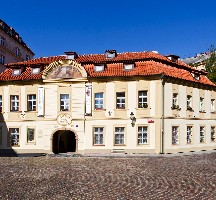네비게이션
National Museum – Antonín Dvořák Museum (Muzeum Antonína Dvořáka)
Exhibitions in the Baroque summer palace Amerika on Ke Karlovu Street document the composer's life journey and focus on the paths that his life took.
운영 시간
-
- 1월 – 12월
- 화요일, 수요일, 목요일, 금요일, 토요일, 일요일
- 10.00 – 17.00
입장료
- 기본 요금 50 체코크라운
- 할인 요금 30 체코크라운
연락처
- National Museum – Antonín Dvořák Museum (Muzeum Antonína Dvořáka)
- Ke Karlovu 20
- 120 00 Praha 2 – Nové Město
- +420774845823
프로그램
Object history
Villa America - Museum of Antonín Dvořák
The summer house was built for Jan Václav Count Michna of Vacínov, according to plans elaborated by Kilián Ignác Dientzenhofer, and this one-storied Baroque object is considered to be his first work in Prague after studying European architecture for ten years. The building was completed before 1720. It is a charming house with mansard roof and plastically shaped front. Towards the street, the summer house has two added ground-floor pavilions. Approximately 10 years later, sculptural decorations by Matyáš Bernard Braun were installed in the garden. Two sandstone sculptural groups represent the seasons of the year, Spring and Winter and Summer and Autumn; among other sculptures, there are figures of satyrs and two stone vases. The place used to be called At the Dwarves’ due to the decorations at the entrance. In 1729, the summer house was purchased by Karel Josef Count Desfours, and the owners changed several times after that - in the 19th century, the house was owned by Josef Veith and at that time it was used as a gathering place for educated groups of people. In 1826, a garden restaurant named America was opened here, with mostly German clientele. In 1843, the dilapidating building with the extensive garden was purchased by the city of Prague; it first established cattle market here, and later on sold the premises out for housing development. The object was restored by arch. Antonín Baum in 1884, and then again in 1911, when the little yard in front of the summer house was enclosed by a cast-iron grille. The grille is a copy of the original Baroque grille, which was sold to Dresden after 1884. In the beginning of the 20th century, it was the seat of the girls’ grammar school Minerva and an institute for the poor.
In the early 1930s, an Association for building a monument to A. Dvořák was founded, later on renamed to the Antonín Dvořák Association, the members of which gathered remembrances of the famous composer with the aim of building a dignified monument for him. In 1932, the first exposition about the composer’s life and work was opened in the summer house. In 1956, the museum got into the administration of the Museum of Czech Literature, and since 1976 it has been included in the Museum of Music, which belongs to the National Museum. In 1991 (to celebrate the 150th anniversary of Dvořák’s birth), a new exposition was created. The summer house was adapted to suit the needs of a museum in the years 1953 - 55 by ing. Feigl.
The main area of the entire building is in the great hall on the first floor. Its walls and vault are covered with frescoes by Jan Ferdinand Schor (Apollo, Archimedes’ Death, Apelles, Orpheus, Builder of the Roman Colosseum). The frescoes were restored by J. Heřman in 1894; the paintings were restored in the years 1956 - 57 by academic painter Bohumil Číla.
Actress Růžena Nasková was born in one of the ground-floor pavilions. The object was restored in 1977.
Information source: Národní muzeum
